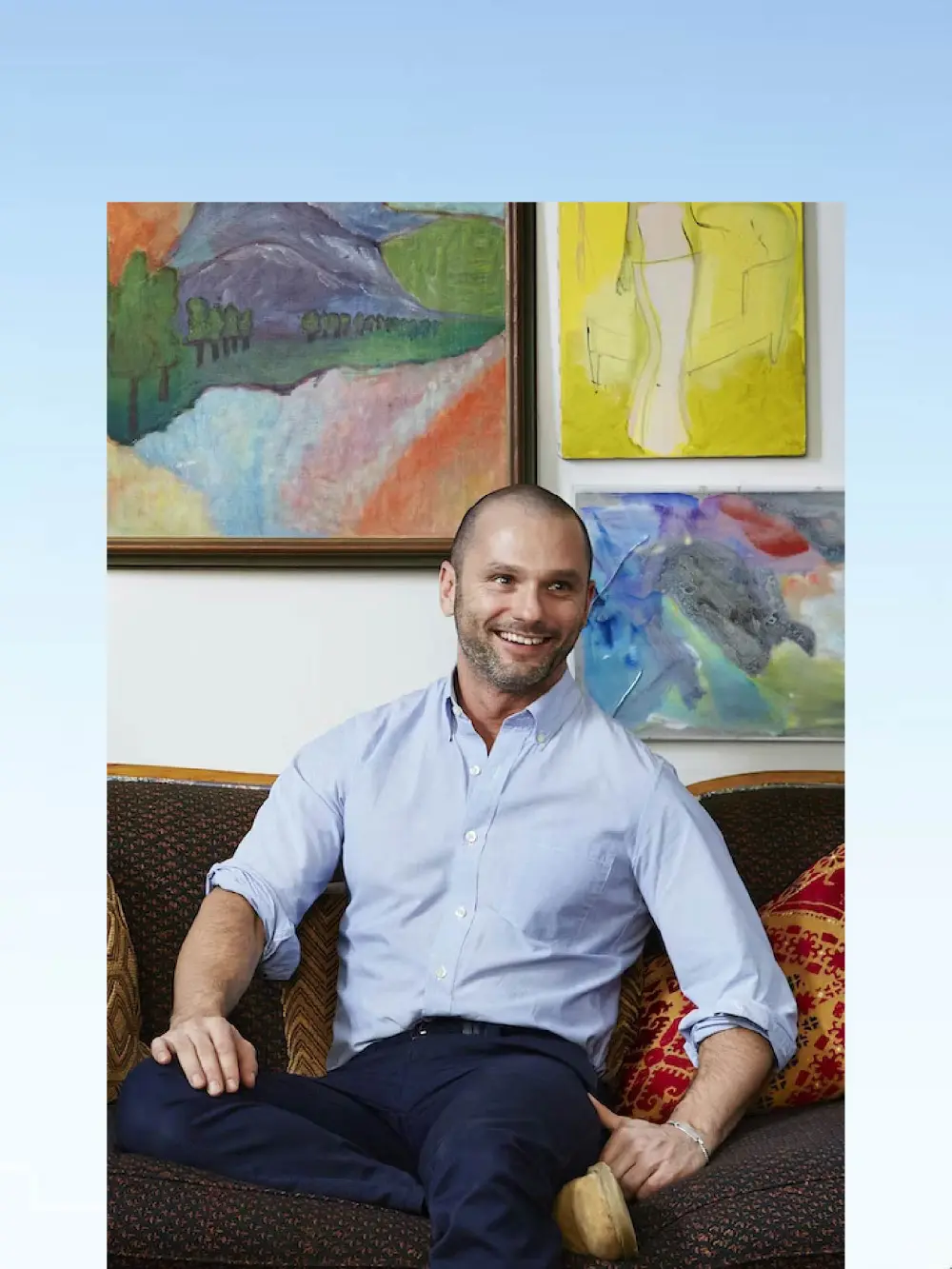
Writer Jill Krasny speaks with designer Billy Cotton about lucky breaks, his new monograph, and always staying hungry.
Billy Cotton’s resume reads like one of those destined-to-make-it stories. Interiors featured in The New York Times, The Wall Street Journal, and The World of Interiors. A surprise commission from art world legend Cindy Sherman to decorate her 19th-century farmhouse in East Hampton, New York. And it all stems from his Manhattan-based multidisciplinary firm, which tackles everything from ground-up architecture and interiors to furniture, lighting, and product design.
But since graduating from the Pratt Institute, the designer has also had his share of unexpected career detours, including a short-lived stint as creative director of Ralph Lauren Home during the pandemic. With a monograph with Rizzoli out this month, Cotton can finally relish the wins of the past 15 years. “It’s a huge honor,” says the Burlington native, who never expected to publish a book, let alone one centered on his soulful interiors. “I thought it was part of my early career and didn’t think it would become the primary manifestation of my body of work. I was really learning as I was doing it.”
Today, Cotton is one of the most in-demand names in design, though you’d hardly think he has time to enjoy it. Between a new-build project in Utah, a maximalist Brooklyn townhouse and producing lighting and furniture, he’s staying busy. His goal for the next 15 years? “Just becoming better at what I do and being able to do what I do,” Cotton says. The work is always evolving, and there’s so much to learn. “There’s always a new project,” he adds, “and I’m so lucky about that.”
“An artist can create their own language, but a designer has an end user and that user's needs.”
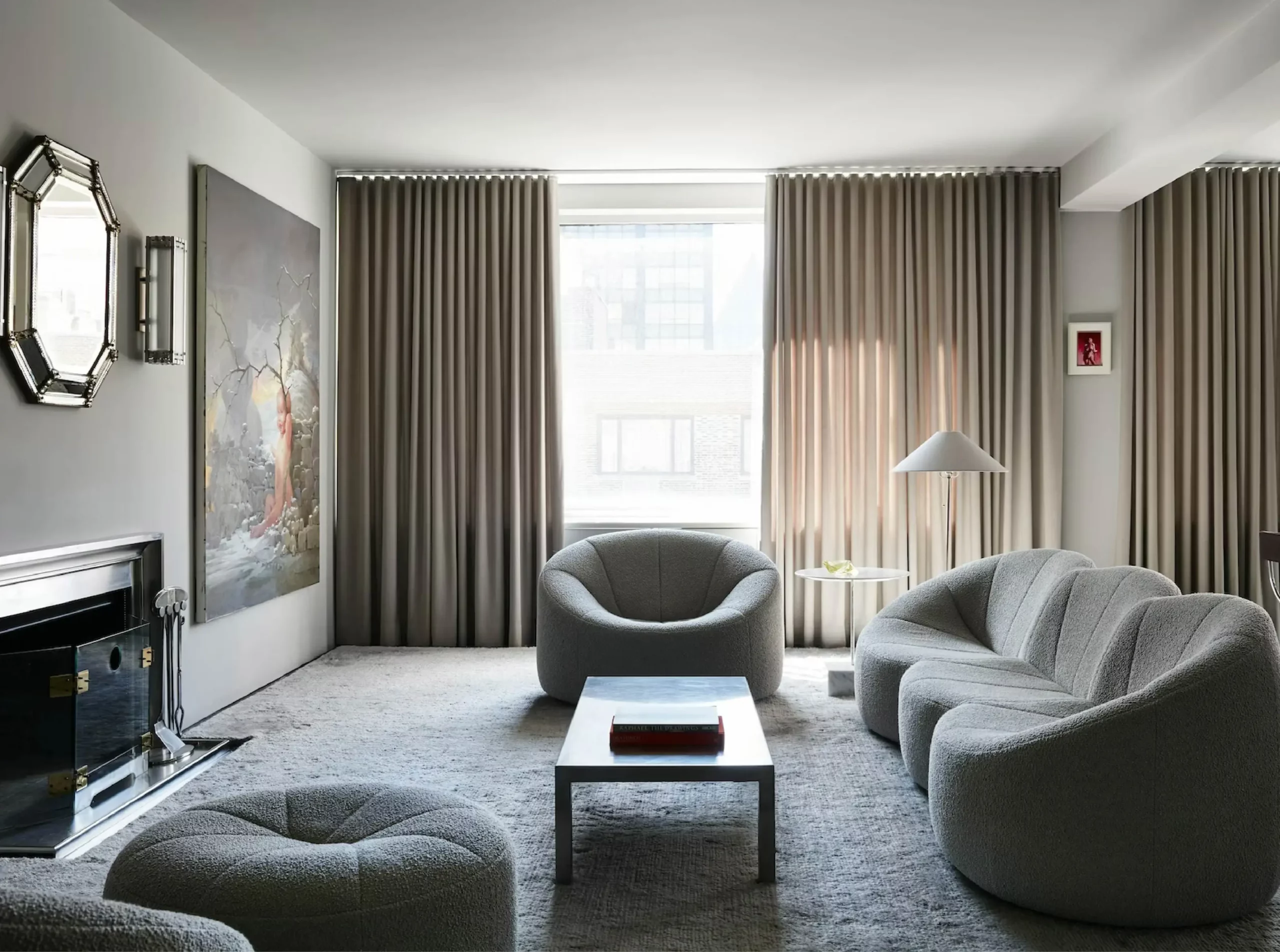
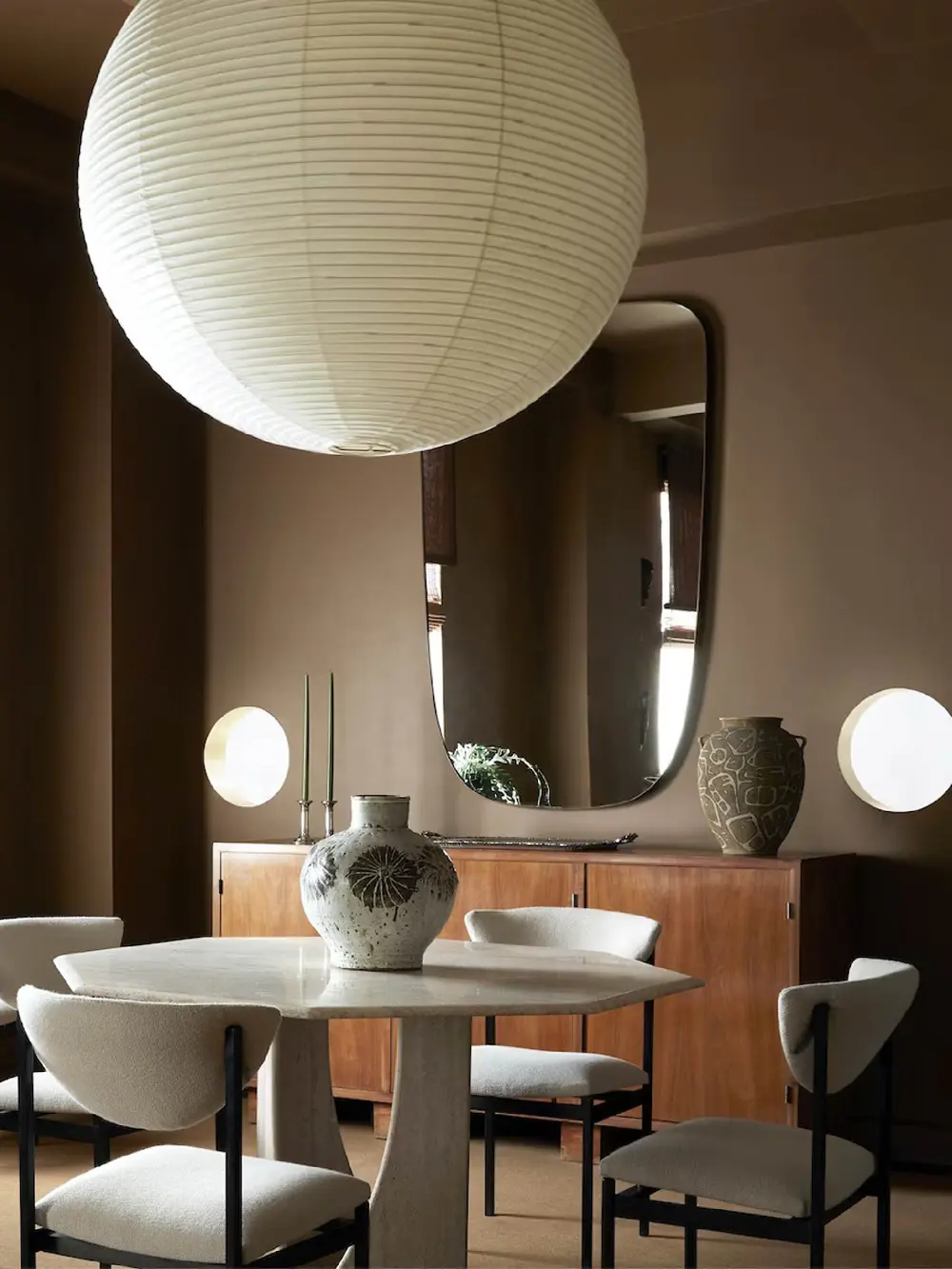
Q. What does it mean to you to publish your first monograph?
I’m super proud. It’s a bit overwhelming. There are threads that run through my projects, but I really take on each project [individually] and as an opportunity to express one of my many, many interests—whether it be Modernism or the 19th century—and that’s a challenge… One of the things that’s been really nice about it is it allows you to see the thread of the work and the range of what we’re able to do, both aesthetically and scale-wise.
Q. In a personal email, you once described yourself as extremely lost and afraid when you left Pratt. How did you find the confidence to launch your own firm?
I studied at Hunter before I went to Pratt, so I was a little older and I was a pretty technical student, which is what tends to be the first jobs you get. It was a similarly apocalyptic time, so there were, like, no jobs. I didn’t have any other options. It wasn’t like, OK, I’m going to start a company. It was the worst job market in decades, and I was pretty unemployable because of my skills. I just had this inherent knowledge that I would need to make it happen for myself. It was a real natural survival instinct slash resiliency that just kicked in.
Q. What were those early days in the firm like?
I would just say yes to everything. I remember famously one of my early clients said, “Well, the good thing about you is you always fix it. You always take responsibility for everything you do that you screw up.” I took that as a compliment—and a lesson.
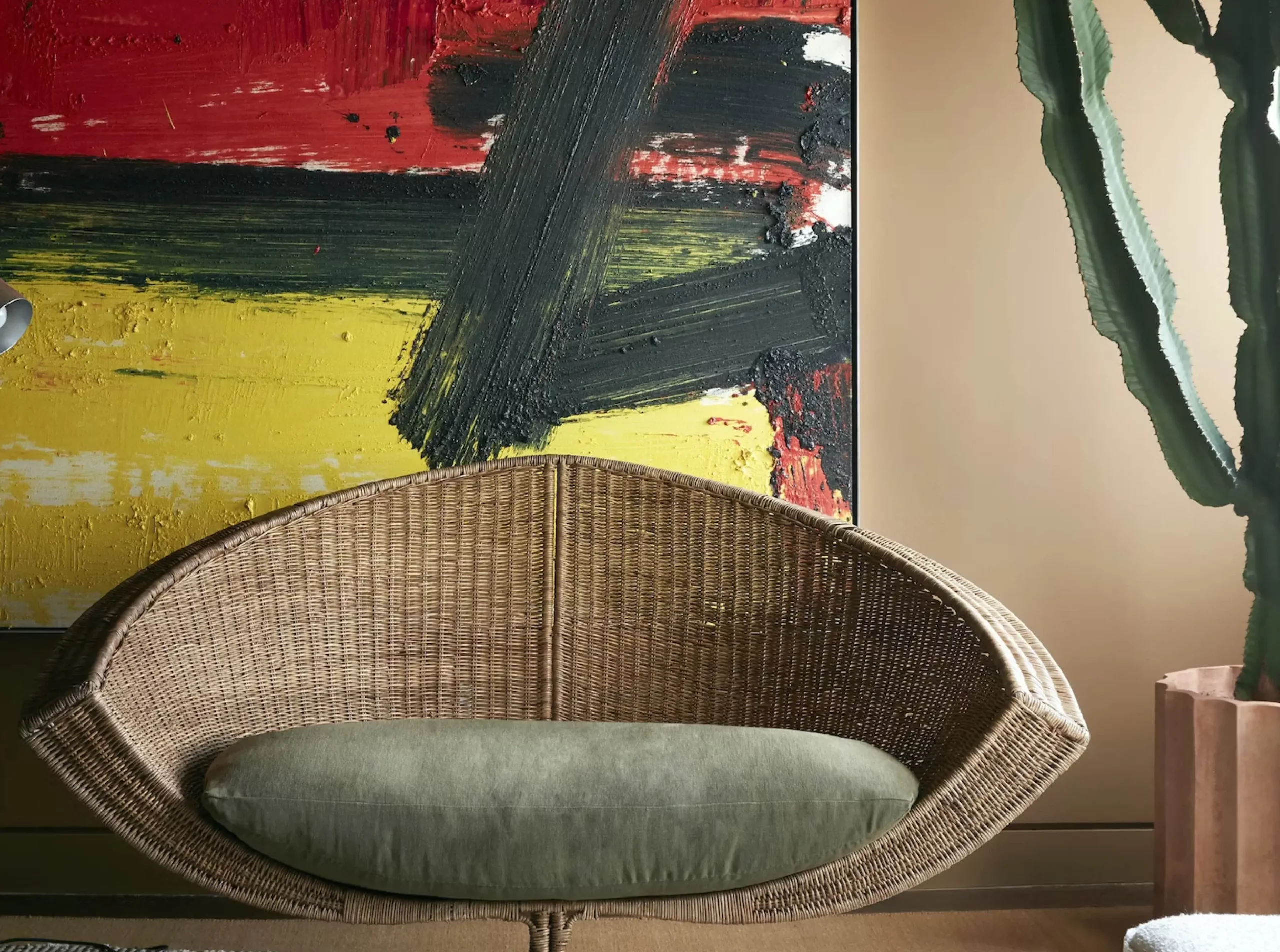
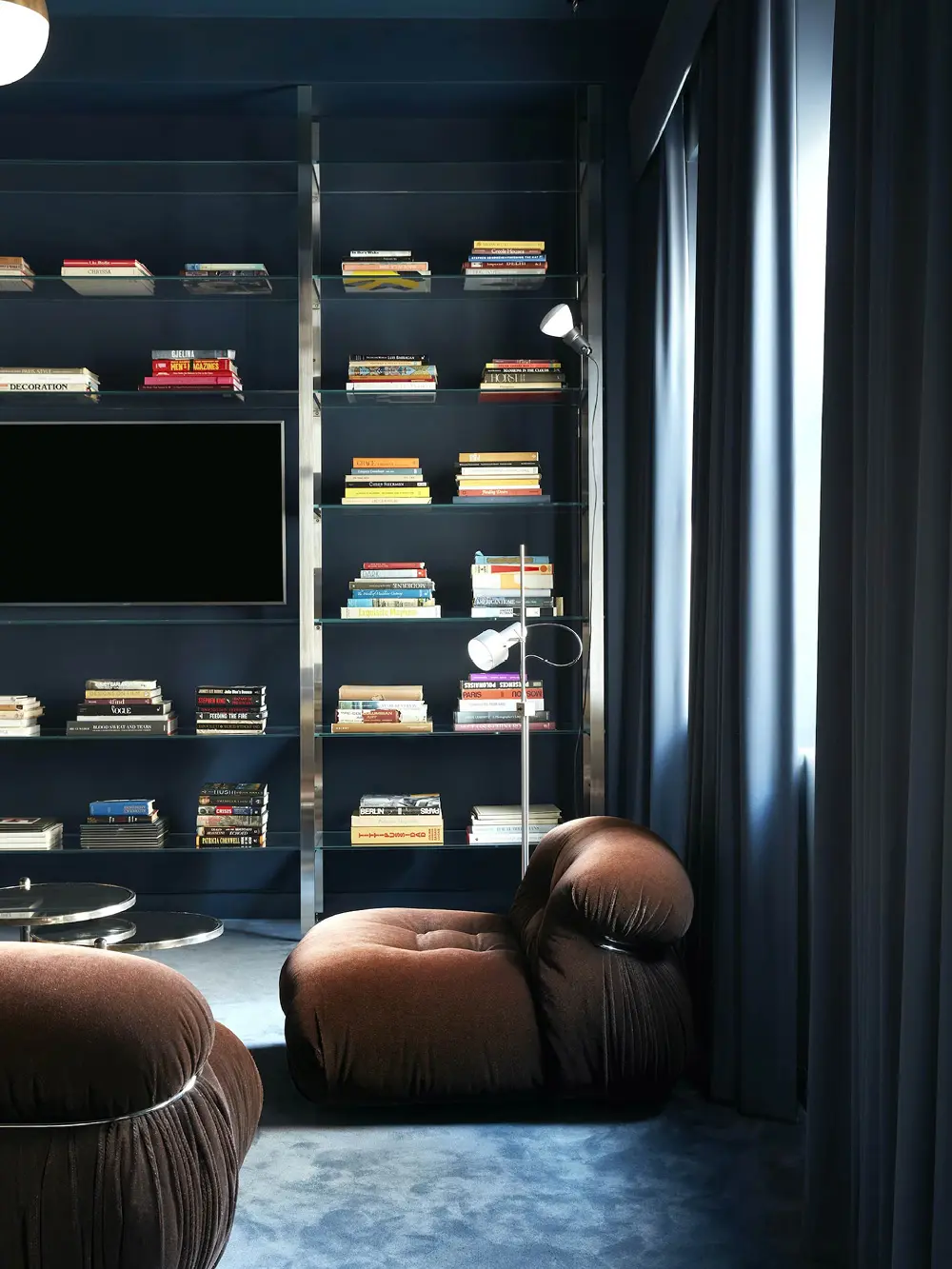
Q. Whether it’s a Spanish-style home in Beverly Hills or Cindy Sherman’s West Village triplex, none of your interiors feel pretentious and it’s all in the mix—old furniture, new furniture, flea-market finds and miscellaneous artwork. Everything looks as if it’s meant to be there, and always was. How do you pull it off?
It’s really a part of my process, because it’s so personal—you’re working with people, oftentimes people with really strong aesthetics. I really want the space to feel like it’s a reflection of them, and these are homes; they’re not commercial spaces. I trained as an industrial designer, which is all about how you use something. Homes are to be used. If it’s too precious, it’s hard to be comfortable. There’s a lot of planning that goes into the proportions and dimensions, but then in terms of how it comes to be, I’m kind of the hunter and gatherer. It’s about shopping on my own or with a client or, yes, using a lot of things that either were inherited by the client or feel like they’ve always lived there. These are the spaces that have always spoken to me, that feel like they’ve evolved over time.
Q. In 2019, you said the decision to wind down your firm to join Ralph Lauren Home was one of the hardest you ever made. How did you ultimately decide to come back?
Corporate America just wasn’t for me, personally. And at the time it was the middle of a global pandemic and it was going to be a very big new thing and it wasn’t the time to shift and do something new. It was the time to double down on what we know. There were too many unknowns.
Q. What did you find yourself doubling down on?
I immediately resumed work with a team of people looking at things in real life and having human interaction and just making beautiful, safe homes for people. I realized what I was doing was actually personal, and that’s what I craved, rather than a global, corporate reach.
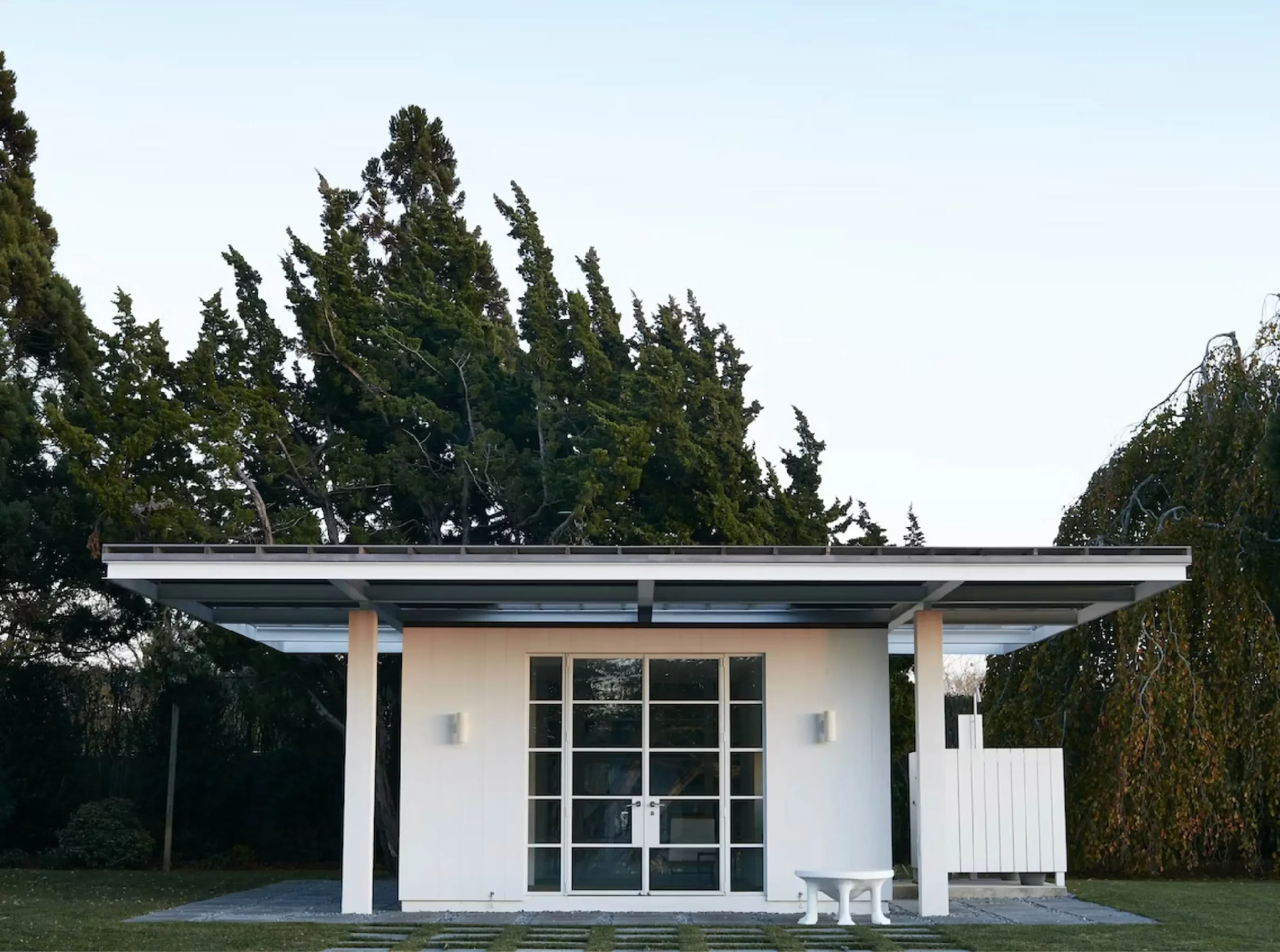
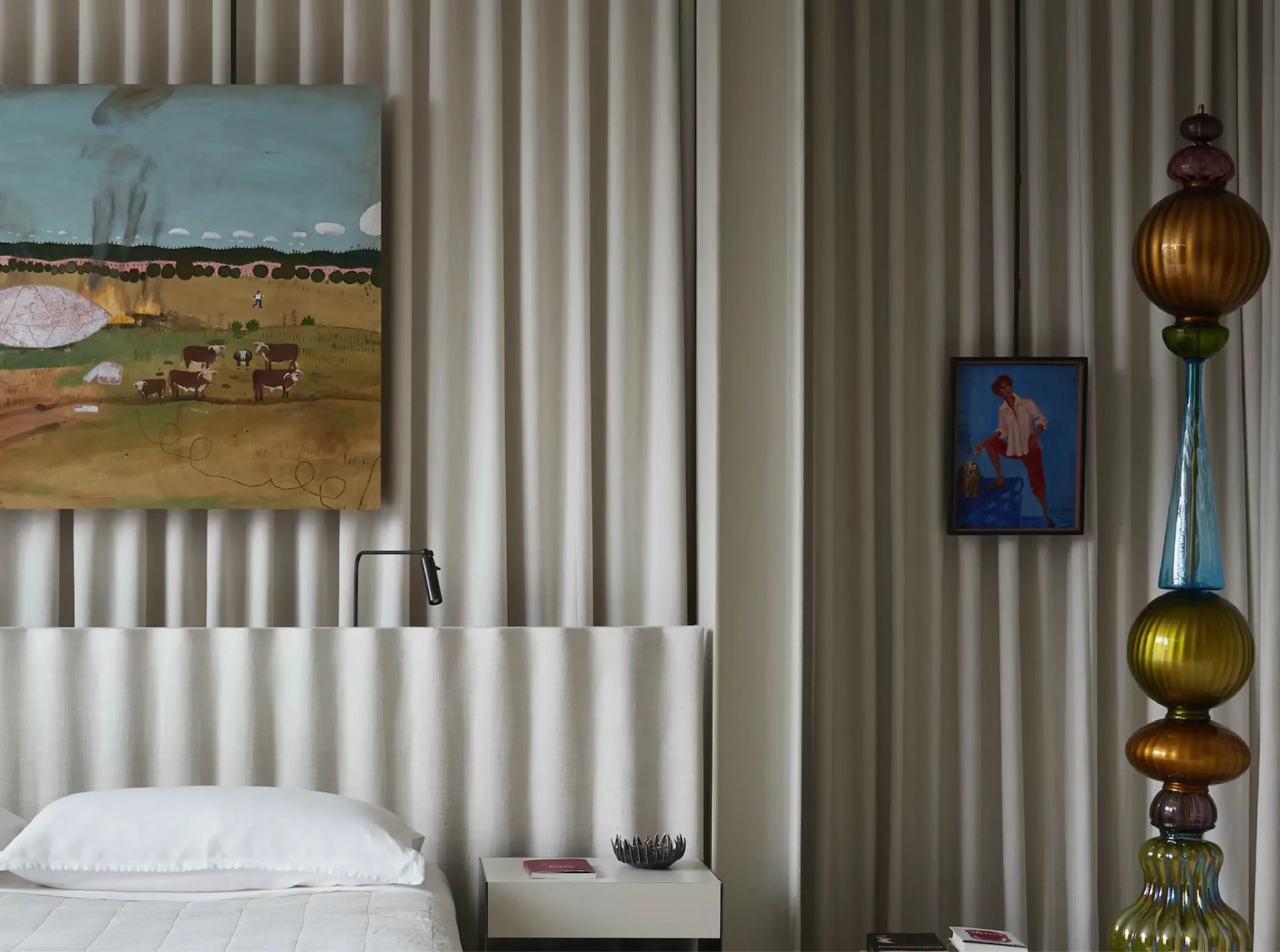
Q. You’ve said your training as an industrial designer is the root of your practice. Does this inform how you create spaces as well?
It’s thinking about what’s the problem, what’s the context, what’s the solution going to be, and how does it all look. That’s the way an industrial designer approaches projects.
Q. Does this approach ground you?
I feel grounded by practicality. Because I have so many interests, the user’s need grounds me. It’s the reason I’m not an artist. An artist can create their own language, but a designer has an end user and that user’s needs.
Q. You’ve received some great life-changing calls in your day. Do you still find yourself waiting for that next call?
Always, always, always. As I get older, I’m a little less stressed, but it’s part of the fire and we’re in New York. This is the greatest and toughest city in the world. To stay on top of your game, you have to keep evolving and keep hoping that the next call is going to be a really exciting project.
Jill Krasny is a writer based in New York. Her work has appeared in The New York Times, Esquire, The Financial Times, and Travel + Leisure. She is a graduate of the University of Southern California.
Editor: Dickson Wong
Photography: All images by Stephen Kent Johnson for Billy Cotton: Interior and Design Work, courtesy of Rizzoli New York.
DISCOVER MORE
For more on Billy Colton
